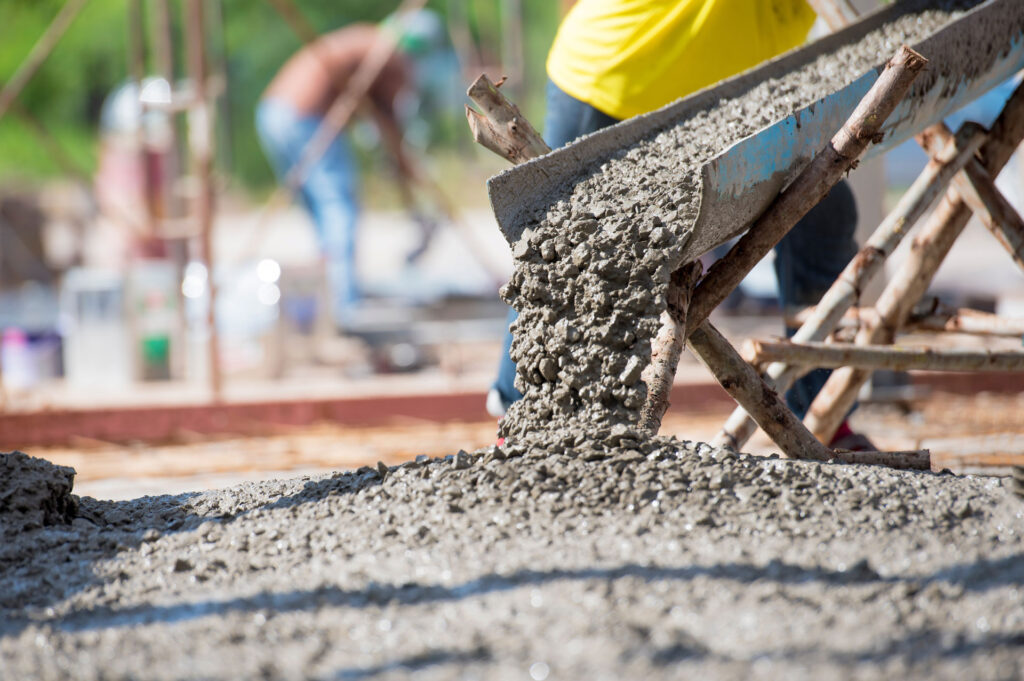While hot temperatures in Reno usually span between mid-June to September, the season for cold temperatures ranges from late November to the end of February. February also has the most chance of rainfall, typically just over 2 inches. When winter precipitation meets with the hustle of everyday life, unprotected concrete might be affected. How?
Winter Challenges for Concrete
There are typically three issues that most people are concerned with when thinking about concrete floors and winter months. Let’s discuss each of them.
Cold Concrete Floors
Sure, an isolated, unprotected concrete floor might be cold. But concrete floors can absorb and store heat because of their size and density. This is called thermal mass. The heat absorbed due to thermal mass is released as temperatures drop. For example, if you have a wood stove on a concrete floor, the floor absorbs the heat while the fire is burning, and releases it when the fire is out. When heat from direct sunlight is absorbed by concrete, it’s called solar gain. Likewise, on a sunny winter day, that absorbed heat is released later when the sun goes down. Another option to prevent cold concrete floors is radiant floor heating. This silent heating method adds heat to the concrete from within so the surface stays at a controlled temperature. Radiant floor heating can also successfully heat the room, not just the floor. Epoxy flooring or concrete sealants can withstand the effects of thermal heating and be designed with UV protection so they aren’t damaged by solar heat and light.
Water and Concrete
Rain and melting snow naturally follow the path of least resistance, which sometimes leads to a concrete floor. Since unprotected concrete is porous, water seeps into the structure. Freezing temperatures cause the water to expand, which often leads to cracks in the concrete. Not only that, but wet concrete is slippery, and can easily lead to accidents and injury. When concrete is protected by epoxy flooring, however, the water cannot get to the concrete – and the smooth, seamless surface of epoxy flooring makes water removal a snap! Anti-slip coatings add fall protection.
Mud and Concrete
Water mixed with dirt becomes a pasty substance that gets on shoes and clothing. Road salt and defrosting agents used to melt snow also add themselves to the winter mud mixture. Once that mud gets tracked onto unprotected concrete, it can create stains or slippery areas on your concrete floor. Epoxy coatings stop that from happening, creating a strong barrier that mud and its components cannot get through. The smooth surface of epoxy coatings reduces smears or lodged particles during cleanup, and once again a no-slip finish provides grip for shoes or cartwheels.
Protect your concrete from the elements with help from Nevada Custom Coatings. Call or contact us online for more information.


